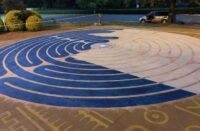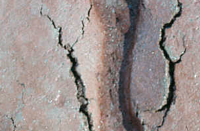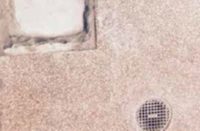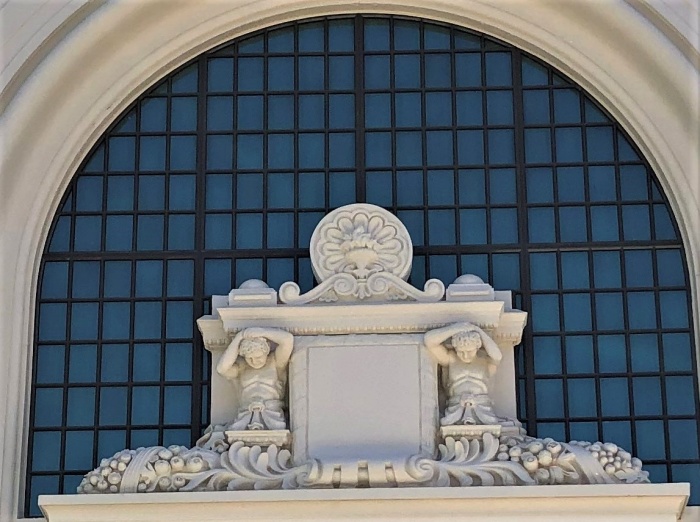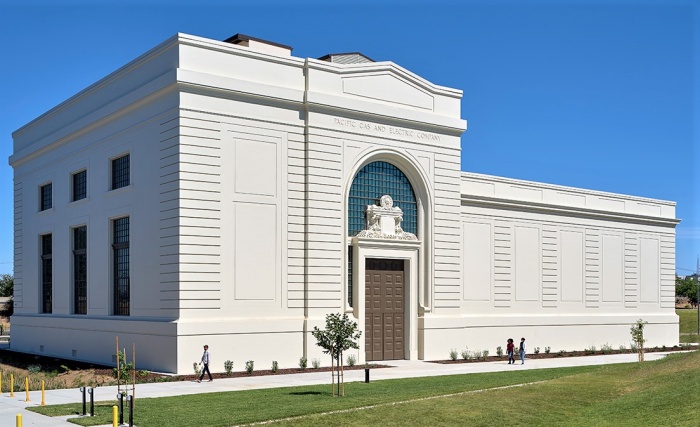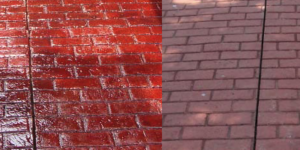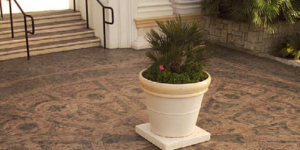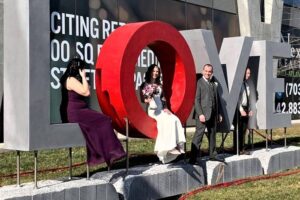When Western Specialty Contractors was hired to help repurpose a 1912 power station into a premiere center for science education, its goal was straightforward. Retain as much of the original architecture and structure as possible for the SMUD Museum of Science and Curiosity (MOSAC). To do this, Western’s San Francisco branch used modern products and techniques to restore and protect it from future damage.
With Jon Carden, San Francisco branch manager, and Chris Nguyen serving as project manager, the repair work got underway. It began with crack repair, epoxy injections and concrete patching, along with the rebuilding of arches, cornices and horizontal grooves. Overall, the work encompassed more than 5,000 square feet of spall repair and 3,000 linear feet of crack repair. But perhaps the most daunting task Western’s restoration experts encountered involved restoring the damaged cartouche over the building’s massive doorway. Certainly, it was no easy endeavor.
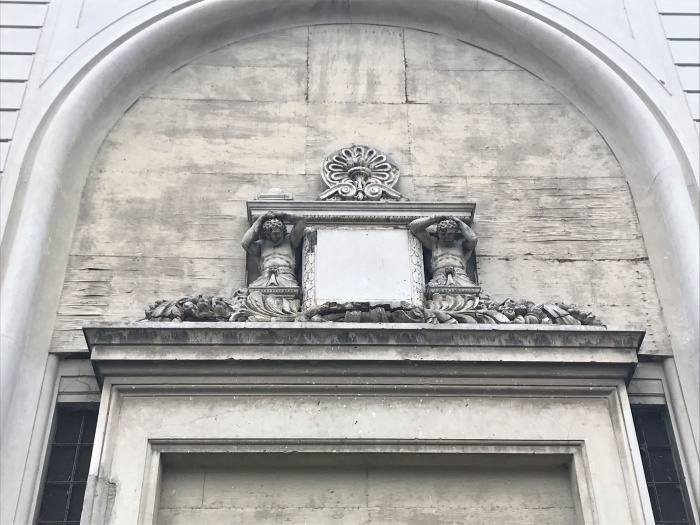
significant planning and analysis to try to save it. Photo courtesy of Western Specialty
Contractors
Recreating original artistry
For starters, “The 3D scan didn’t have all the details we needed to create (intricate) Styrofoam negatives,” Carden says. They could not rescan the original cartouche because it disintegrated as it was removed from the building due to the advanced degradation of the concrete.
So, Western used the best 3D scan they had to make rudimentary foam forms and, from those, rubber molds. After demolding the pieces, restoration experts used historic photos as a guide to help them hand carve the missing details. “We figured it was our best option to refabricate the cartouche to (capture) its original artistry,” Carden says. “We decided to use GFRC as our (initial) mix and add details later rather than try to change the forms.”
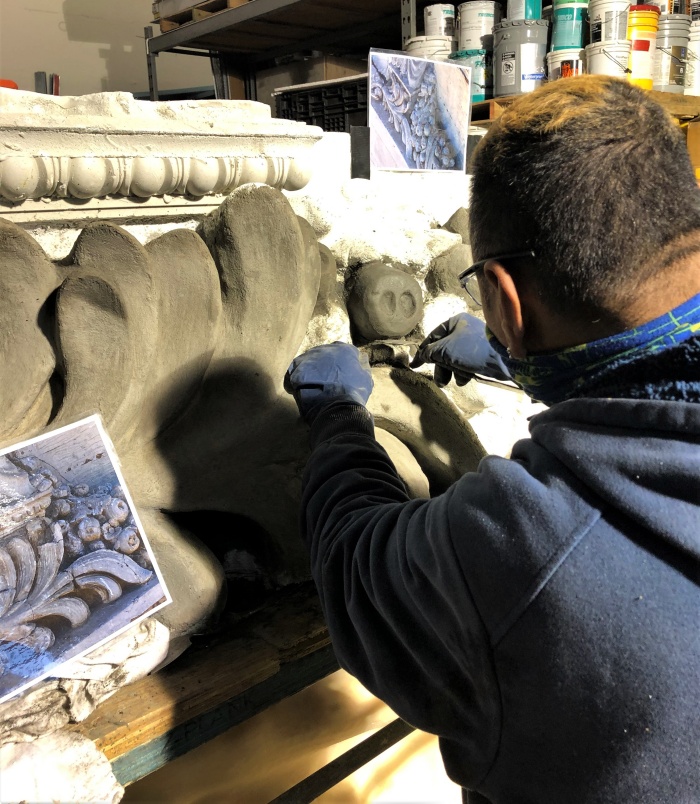
the added details. SureCrete XS Precast is the lighter portion seen at the top before the darker
Sika product was applied. Photo courtesy of Western Specialty Contractors
Retrofitting the cartouche
The Western team first filled the molds with both SureCrete XS Precast and carbon fiber reinforcement bars. “We chose SureCrete Extreme Precast because of its lighter weight and flowability properties,” Carden says. “We knew it would migrate well within the forms and around the reinforcing cages.”
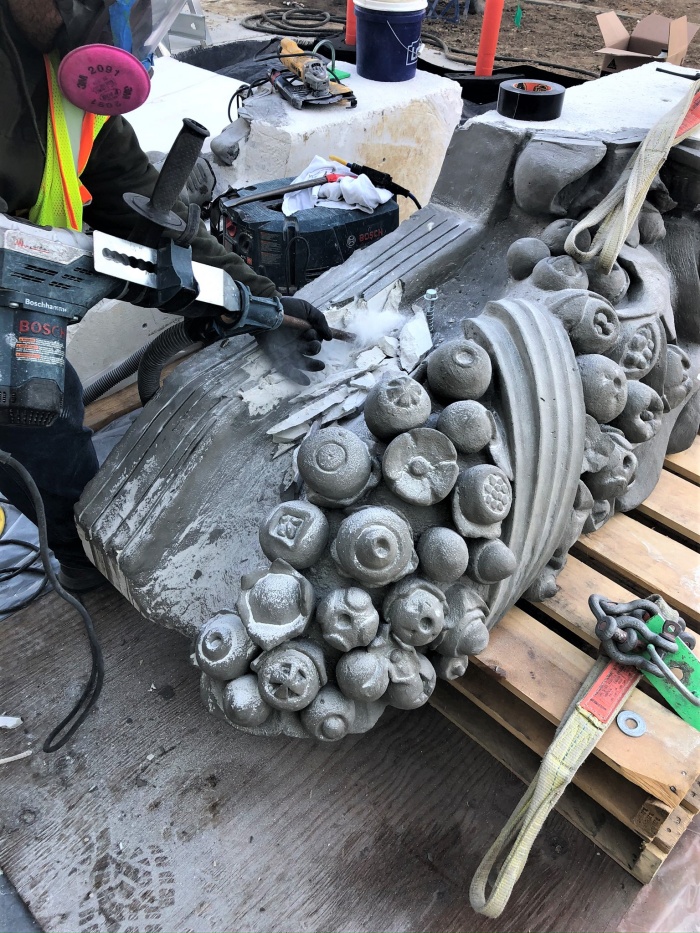
forms a stronger, denser and more flexible composite than traditional mixes. Photo courtesy of
Western Specialty Contractors
After demolding the cartouche pieces, Western renovators applied layers of SikaTop-123 Plus, a fast-setting repair mortar. “Our craftsmen were more comfortable with its cure time and carvability,” Carden says. “Their choice had to do with familiarity as much as anything else.”
The retrofitted cartouche was so large it had to be put up in three sections and then pinned together, Carden says. It features a circular medallion held up by two male statuary. Its elaborate base features a fruit, vegetable and also leaf motif.
In addition to the restoration work performed by Western Specialty Contractors experts at its warehouse, Stephanie Taylor finessed the details on the male figures. The project owner chose the local Sacramento artist for her significant skill and reputation in the region. Working directly with Otto Construction and Dreyfuss + Blackford, Taylor deftly recreated the statuary’s intricate details from historic photos. She also used pieces of the cartouche salvaged during construction.
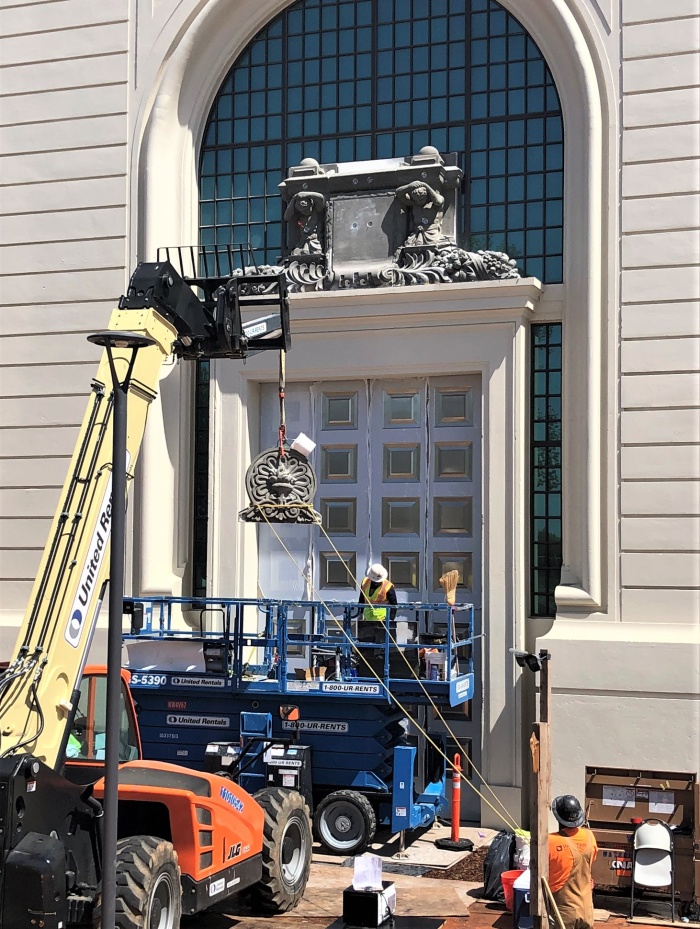
three sections because of its size. Photo courtesy of Western Specialty Contractors
